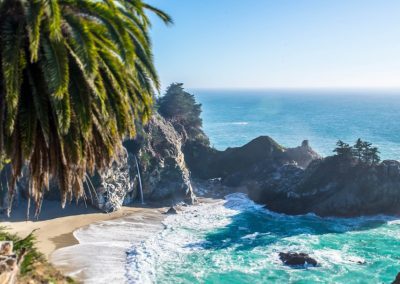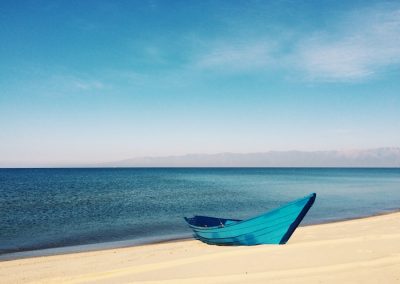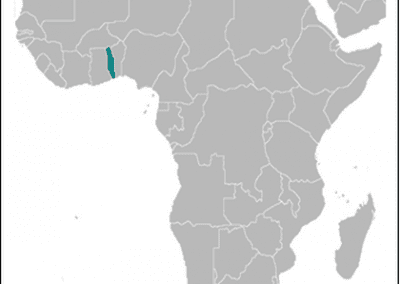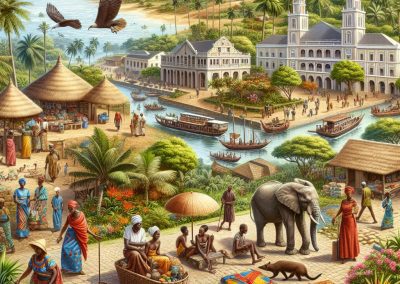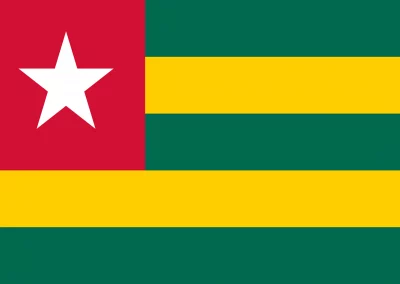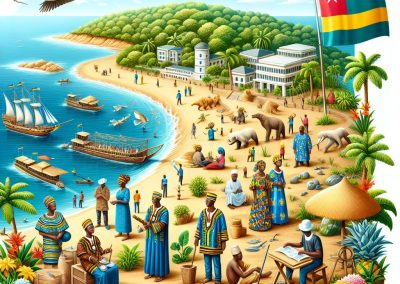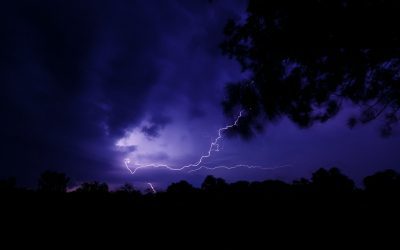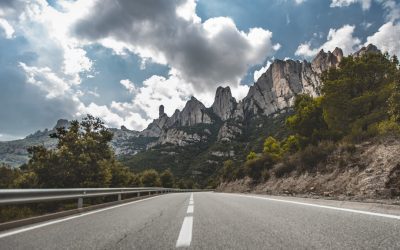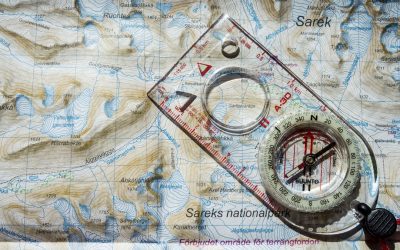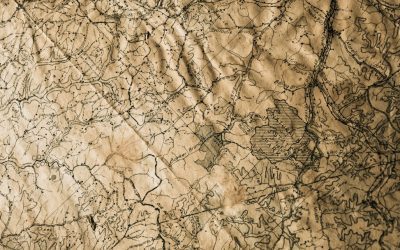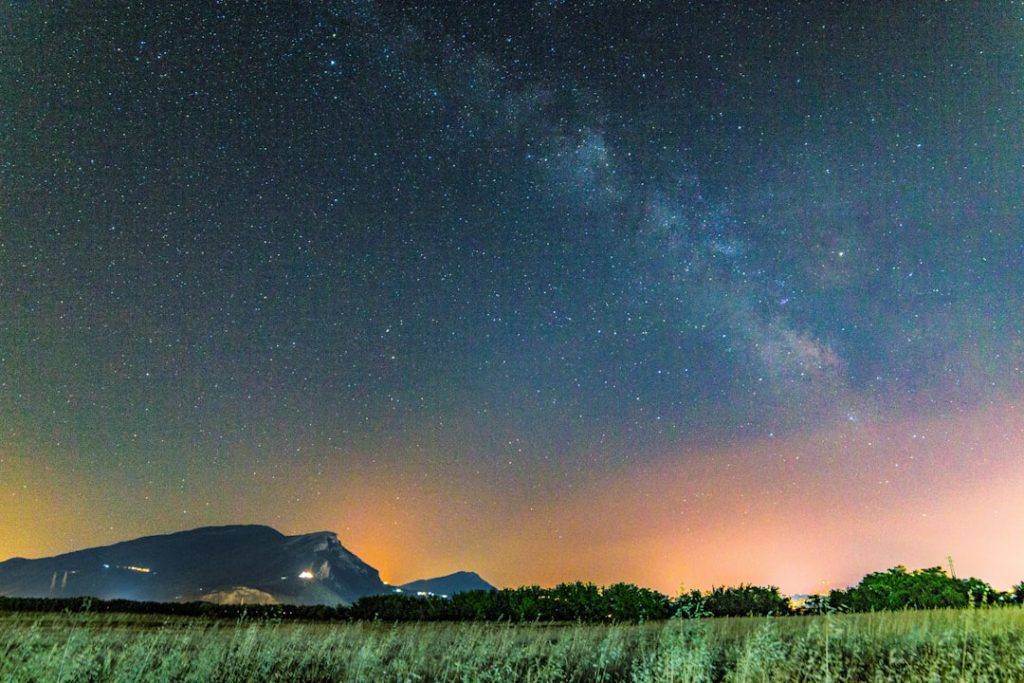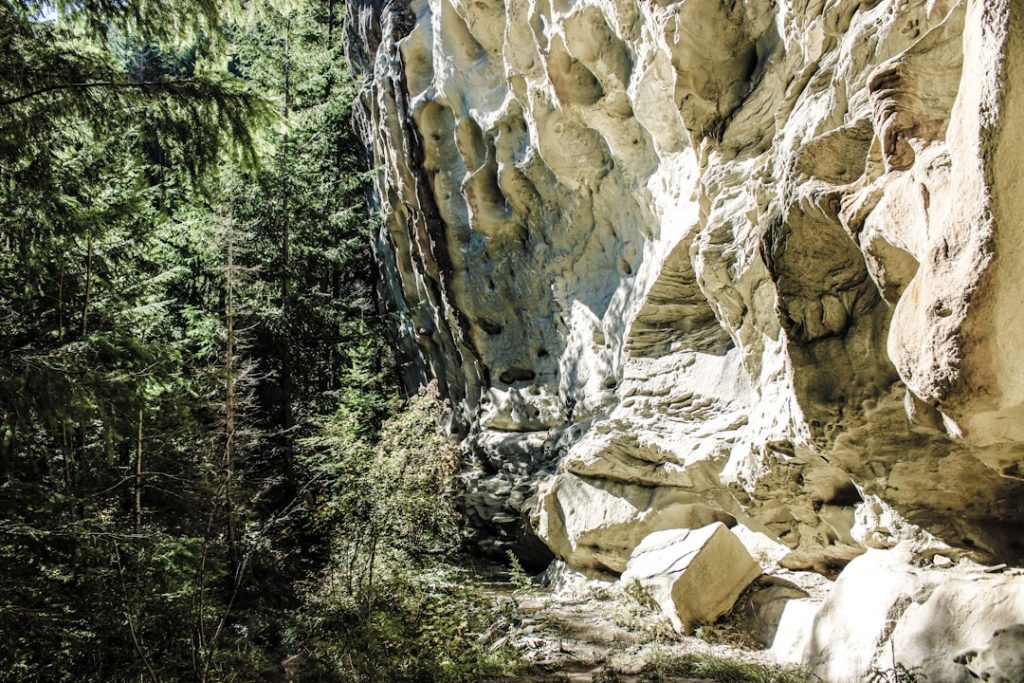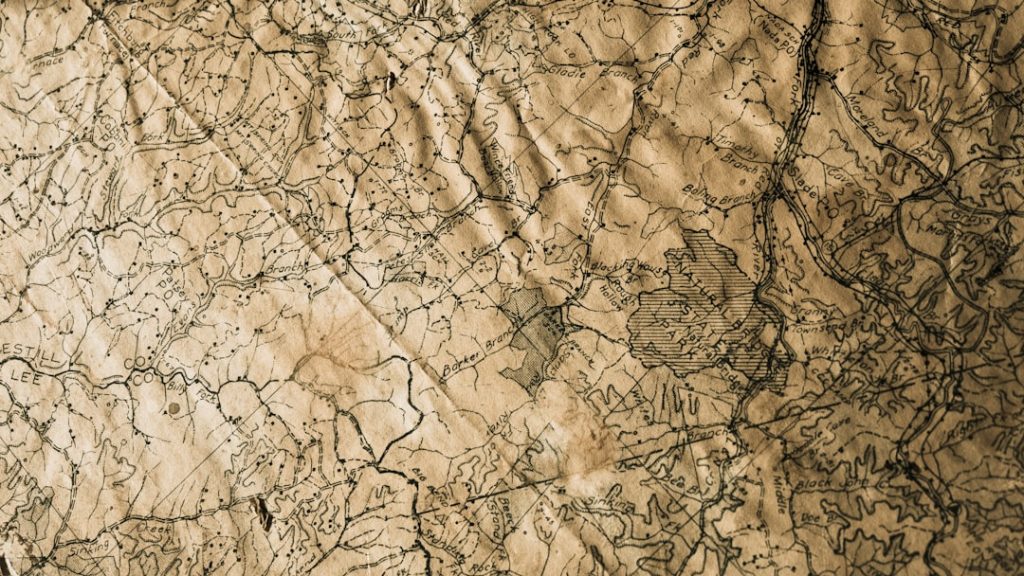Togo
(République Togolaise (Togolese Republic))
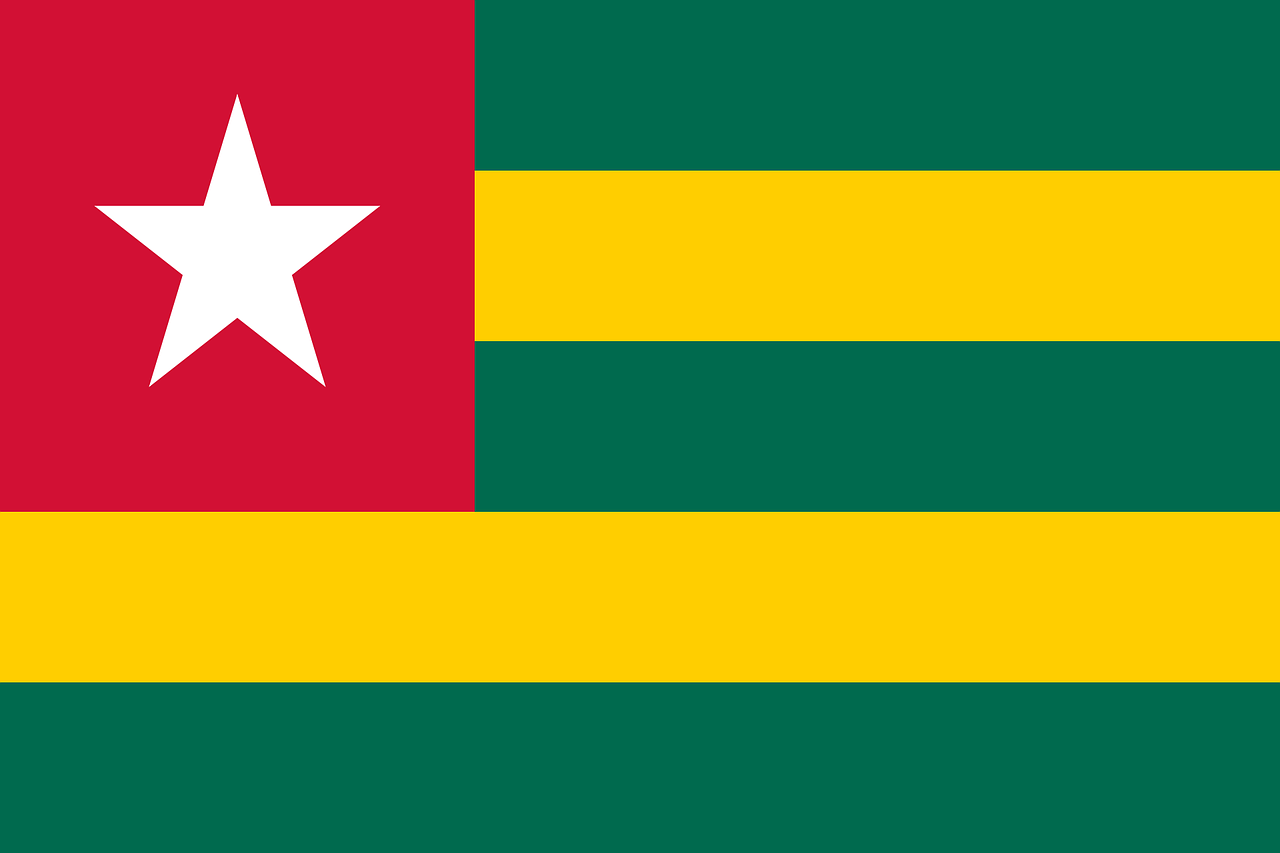
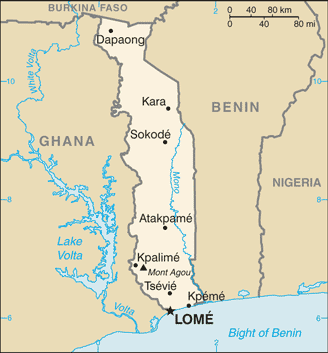
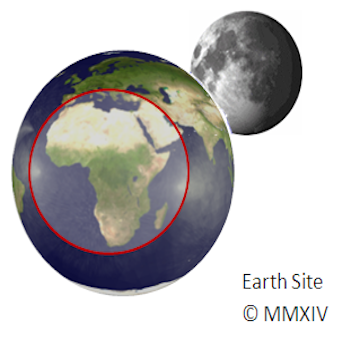
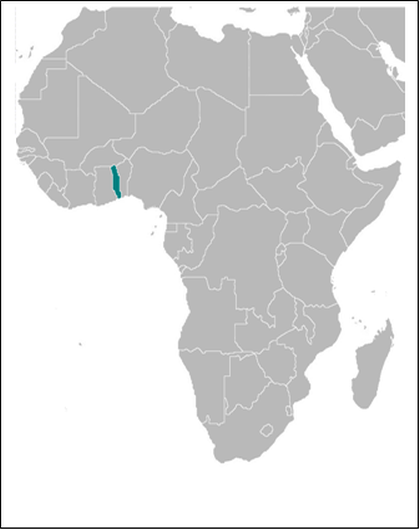
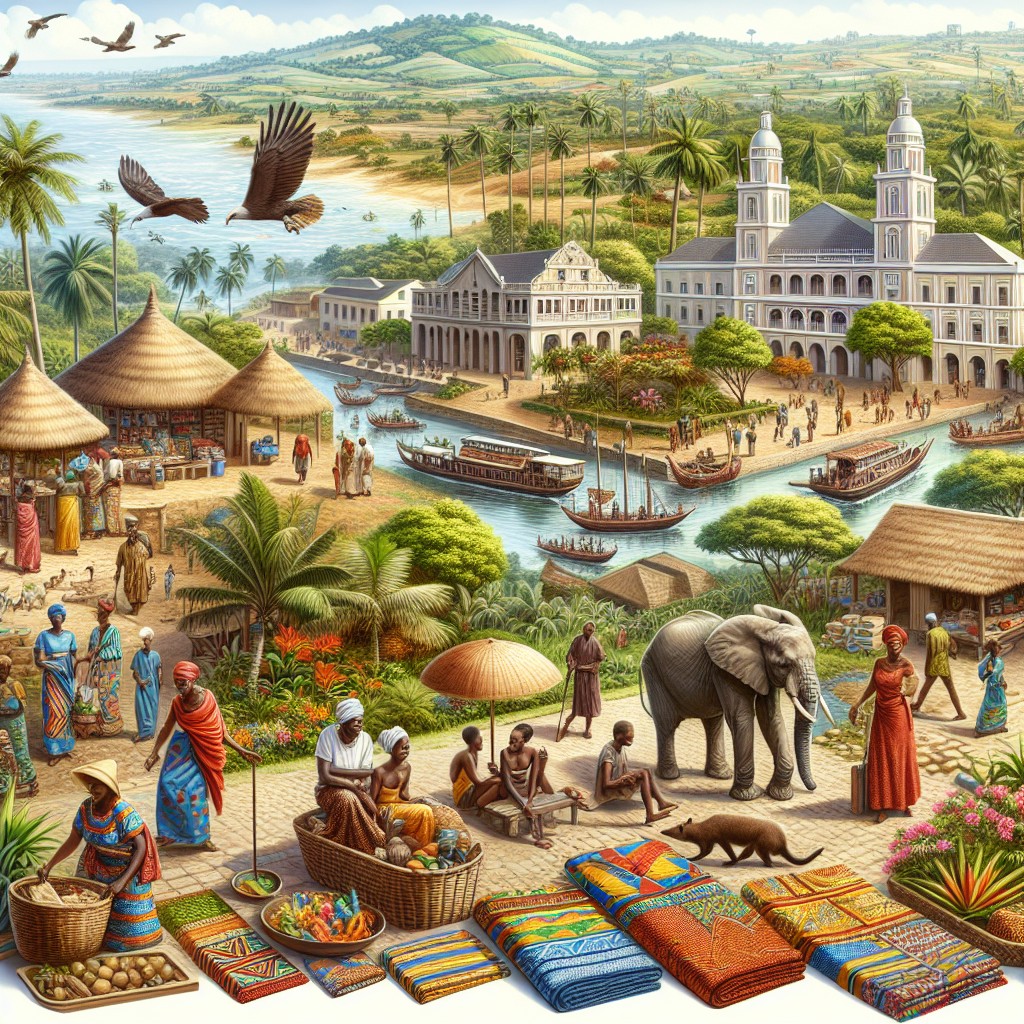
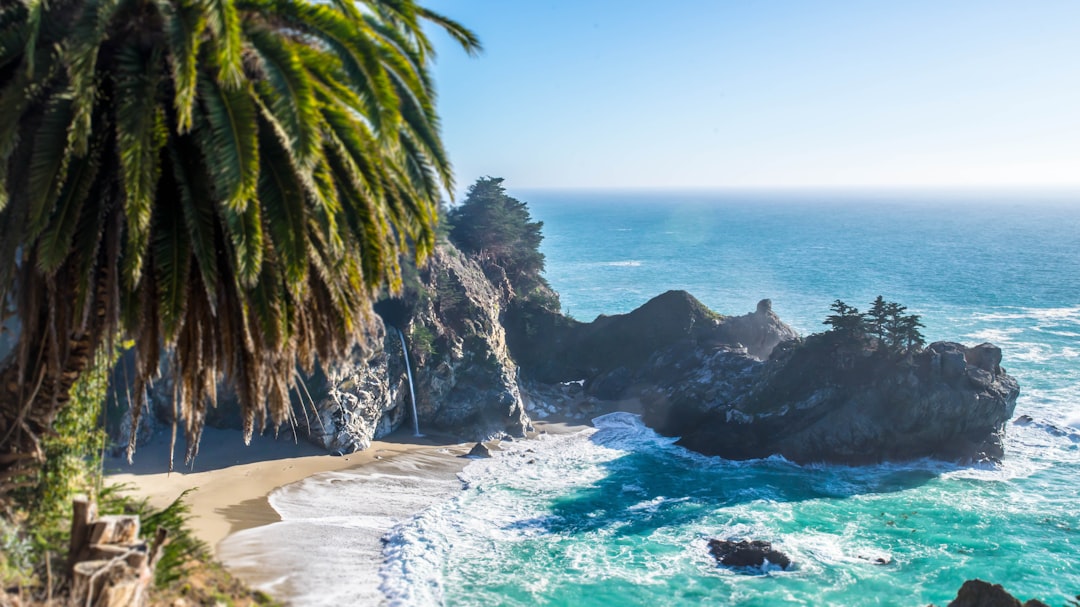
Capital: Lomé
Population (Estimated July 2012): 6,961,049
Area: 56,600km2 or 21,853mi2
Currency: CFA Franc (CFAF)
Official Language: French
Political Information: Parliamentary Republic
Official Religion: No Official Religion
(approximately 29% of the population are Christian, 20% are Muslim and 51% have Indigenous beliefs)
Highest Mountain: Mount Agou at 986m or 3,234ft
GDP Official Exchange Rate (OER is more precise at gauging a country’s economic power)
(Estimated 2011): $3.6 billion (US$) or (GBP)
GDP (OER) Per Capita (per member of the population estimated 2011): (US$) or (GBP)
GDP Purchasing Power Parity (PPP is good for gauging living conditions and the use of resources but is not as accurate as OER. This data has been calculated based on the sum value of all goods and services produced in the country valued at prices prevailing in the United States)
(Estimated 2011): $6.324 billion (US$) or (GBP)
GDP (PPP) Per Capita (per member of the population estimated 2011): $900 (US$) or (GBP)
Time Zone (GMT/UTC): GMT
Wildlife:
Counties/Provinces/States: 5 regions (regions, singular – region); Centrale, Kara, Maritime, Plateaux, Savanes
Leaders: President Faure Gnassingbé; Prime Minister Gilbert Houngbo
Additional: Gained independence from French-administered UN trusteeship on the 27th of April 1960.
Sources: CIA World Fact Book, Encyclopaedia Britannica.
Togo
Togo, a small West African nation, is often overshadowed by its larger neighbours, yet it possesses a unique charm and a rich tapestry of culture and history. Nestled between Ghana to the west, Benin to the east, and Burkina Faso to the north, Togo stretches approximately 56,785 square kilometres. Its coastal location along the Gulf of Guinea provides it with a picturesque shoreline, while its diverse landscapes range from lush forests to arid savannahs.
The capital city, Lomé, serves as the political and economic hub of the country, reflecting a blend of traditional African and colonial influences. The population of Togo is approximately 8 million, comprising various ethnic groups, each contributing to the nation’s cultural mosaic. The Ewe and Kabyé are among the largest groups, with distinct languages, customs, and traditions.
Despite its small size, Togo is a nation of contrasts, where modernity coexists with age-old practices. The country’s history is marked by periods of colonial rule and political upheaval, yet it has emerged with a resilient spirit and a determination to forge its own identity in the contemporary world.
Summary
- Togo is a small West African country known for its diverse culture and rich traditions.
- The geography of Togo includes coastal plains, plateaus, and savannas, with a tropical climate and two distinct rainy seasons.
- Togo’s culture is influenced by over 40 different ethnic groups, each with their own unique traditions and customs.
- The economy of Togo is largely based on agriculture, with industries such as mining and manufacturing also playing a significant role.
- Togo’s political landscape has been marked by periods of instability, but recent efforts towards democratic reform show promise for the country’s future.
Geography and Climate of Togo
Coastal Plains and Lagoons
The southern region is dominated by coastal plains and lagoons, which provide a unique landscape.
Rolling Hills and Plateaus
The central part of the country features rolling hills and plateaus, adding to the country’s geographical diversity.
Savannahs and Mountain Ranges
The northern region transitions into savannahs and is home to the Atakora mountain range, which includes Togo’s highest peak, Mount Agou, standing at 986 metres. The climate in Togo is predominantly tropical, with distinct wet and dry seasons. The coastal areas experience a humid climate influenced by the Atlantic Ocean, while the interior regions have a more continental climate. The rainy season typically lasts from April to October, bringing heavy downpours that nourish the fertile lands. Conversely, the dry season from November to March is marked by harmattan winds that sweep down from the Sahara Desert, creating cooler temperatures and dry conditions. This climatic diversity supports a wide range of flora and fauna, making Togo an ecologically rich country.
Culture and Traditions in Togo
Togo’s cultural landscape is a vibrant amalgamation of traditions, languages, and artistic expressions. The country is home to over 40 different ethnic groups, each with its own unique customs and practices. The Ewe people, for instance, are renowned for their intricate weaving techniques and vibrant textiles, which often feature bold patterns and colours.
Traditional ceremonies such as weddings and funerals are significant events that showcase these artistic skills, as well as the rich oral traditions passed down through generations. Music and dance play an integral role in Togolese culture.
Festivals such as the Ewe Festival of the New Yam highlight the importance of agriculture in Togolese society and are marked by lively music, dance, and communal feasting. Additionally, the practice of voodoo is prevalent in Togo, particularly among the Ewe people. This spiritual belief system incorporates elements of ancestor worship and nature reverence, influencing various aspects of daily life.
Togo’s Rich Cultural Heritage
Oral Traditions and Festivals
The Ewe people, one of the largest ethnic groups in Togo, are renowned for their rich oral traditions, music, and dance. Festivals such as the Ewe New Year celebration, known as “Dzigbordi,” showcase traditional drumming, singing, and elaborate costumes that reflect the community’s values and beliefs.
The Significance of Storytelling
The importance of storytelling in Ewe culture cannot be overstated; tales passed down through generations serve not only as entertainment but also as a means of imparting moral lessons and preserving history.
Interplay of Cultures
In addition to the Ewe, the Kabiye people in the northern regions of Togo have their own unique customs and practices. Known for their agricultural prowess, the Kabiye celebrate various rites of passage that highlight their connection to the land and their ancestors. The “Fête des Masques,” or Mask Festival, is a significant event where intricately carved masks are worn during performances that honour spirits and ancestors. This festival not only serves as a form of entertainment but also reinforces community bonds and cultural identity. The interplay between these diverse cultures creates a rich tapestry that is evident in Togo’s music, dance, art, and social practices.
Natural Wonders of Togo
Togo’s natural landscape is as diverse as its cultural heritage, offering a plethora of stunning vistas and ecosystems. The country is home to several national parks and reserves that protect its unique flora and fauna. One of the most notable is Fazao-Malfakassa National Park, which spans over 1,000 square kilometres and features dense forests, waterfalls, and mountainous terrain.
This park is a haven for wildlife enthusiasts, providing opportunities to spot various species such as monkeys, antelopes, and numerous bird species. The park’s rugged beauty invites hikers and nature lovers to explore its trails while immersing themselves in the tranquillity of untouched nature. Another remarkable natural feature is Lake Togo, located just east of Lomé.
This picturesque lake is surrounded by lush vegetation and offers a serene escape from the bustling city life. Visitors can engage in activities such as fishing or boating while enjoying the stunning views of the surrounding landscape. The lake is also home to several fishing communities that rely on its resources for their livelihoods.
The interplay between the lake’s natural beauty and the cultural practices of these communities creates a unique environment where nature and tradition coexist harmoniously.
Togo’s Unique Cuisine
| Unique Cuisine | Details |
|---|---|
| Popular Dishes | Fufu, Akume, Gari Foto |
| Key Ingredients | Cassava, yams, plantains, maize, peanuts |
| Flavours | Spicy, tangy, earthy |
| Influences | West African, French |
Togolese cuisine is a delightful reflection of the country’s cultural diversity, characterised by its use of local ingredients and traditional cooking methods. Staples such as maize, cassava, yams, and rice form the foundation of many dishes. One popular dish is “fufu,” a starchy side made from boiled cassava or yams that are pounded into a smooth consistency.
Fufu is often served with rich sauces or stews made from vegetables, fish, or meat, creating a hearty meal that embodies the essence of Togolese hospitality. Another culinary highlight is “akpan,” a fermented corn dish that is typically enjoyed as a breakfast staple or snack. It is often accompanied by spicy sauces or grilled fish, showcasing the bold flavours that characterise Togolese cuisine.
Street food also plays an essential role in Togo’s culinary scene; vendors offer an array of snacks such as “kuli-kuli,” a crunchy peanut snack, and “gari,” made from fermented cassava. These street-side delicacies provide an authentic taste of local life and are an integral part of the social fabric in urban areas.
Exploring Togo’s Capital, Lomé
Lomé, the capital city of Togo, serves as a vibrant hub of culture, commerce, and history. Situated along the coast, it boasts beautiful beaches that attract both locals and tourists seeking relaxation by the sea. The city’s waterfront promenade is lined with palm trees and lively markets where visitors can immerse themselves in the local atmosphere while sampling street food or purchasing handmade crafts.
The bustling markets are a sensory delight; the sights and sounds of vendors calling out their wares create an energetic ambiance that reflects the spirit of Lomé. Culturally rich attractions abound in Lomé, including the National Museum of Togo, which showcases artefacts that narrate the country’s history and cultural evolution. The museum houses traditional masks, textiles, and sculptures that provide insight into Togo’s diverse ethnic groups.
Additionally, the Grand Marché de Lomé is a must-visit for those looking to experience local commerce at its finest. This sprawling market offers everything from textiles to spices and handicrafts, making it an ideal place to find unique souvenirs while engaging with friendly local vendors.
Togo’s Vibrant Arts and Crafts Scene
Traditional Crafts: A Vital Component of Local Economies
Traditional crafts such as weaving, pottery, and wood carving are not only artistic expressions but also vital components of local economies. The art of weaving is particularly prominent among the Ewe people; colourful kente cloths are woven using intricate patterns that often carry symbolic meanings related to identity and heritage.
Highly Sought-After Textiles and Wood Carvings
These textiles are highly sought after both locally and internationally for their beauty and craftsmanship. Wood carving is another significant aspect of Togolese art. Skilled artisans create intricate sculptures and masks that are used in traditional ceremonies or sold as decorative pieces. Each piece often tells a story or represents cultural beliefs, making them valuable not just as art but also as cultural artefacts.
Preserving Tradition and Fostering Innovation
Markets throughout Togo feature stalls filled with these handcrafted items, allowing visitors to appreciate the skill involved while supporting local artisans. This vibrant arts scene not only preserves traditional techniques but also fosters innovation as contemporary artists blend traditional motifs with modern styles.
Togo’s Historical Sites
Togo’s historical sites offer a glimpse into its past, revealing layers of history shaped by indigenous cultures and colonial influences. One significant site is the town of Kpalimé, known for its colonial architecture and proximity to beautiful landscapes such as Mount Agou—the highest point in Togo. Kpalimé serves as a gateway for exploring nearby waterfalls and hiking trails while providing insight into Togolese history through its preserved buildings.
Another notable historical site is the UNESCO World Heritage-listed town of Agbodrafo, which was once an important slave trading port during colonial times. The remnants of this dark chapter in history can be seen in various structures that have survived through time. Visiting these sites allows travellers to reflect on Togo’s complex past while appreciating its resilience and cultural evolution over centuries.
Responsible Travel in Togo
As tourism continues to grow in Togo, responsible travel practices become increasingly important to ensure that local communities benefit from visitors while preserving their cultural heritage and natural environment. Travellers are encouraged to engage with local communities respectfully by participating in cultural exchanges rather than merely observing from a distance. This can include attending local festivals or workshops where artisans share their skills—providing an authentic experience while supporting local economies.
Moreover, being mindful of environmental sustainability is crucial when exploring Togo’s natural wonders. Tourists should opt for eco-friendly accommodations and support initiatives aimed at conserving wildlife habitats and promoting sustainable tourism practices. By choosing responsible travel options—such as guided tours led by local experts—visitors can gain deeper insights into Togo’s culture while minimising their ecological footprint.
In conclusion, Togo presents an array of experiences that reflect its rich cultural heritage, stunning natural landscapes, delectable cuisine, vibrant arts scene, historical significance, and commitment to responsible travel practices. Each aspect contributes to an understanding of this West African gem that continues to captivate those who venture into its embrace.
Togo’s Economy and Industry
Togo’s economy is primarily based on agriculture, which employs a significant portion of the population. The fertile lands in the southern regions are ideal for cultivating crops such as cassava, yams, maize, and cocoa. Togo is also one of the world’s leading producers of phosphates, which are essential for fertiliser production.
The mining sector plays a crucial role in the economy, contributing to export revenues and providing employment opportunities. In recent years, Togo has made strides towards diversifying its economy by investing in infrastructure development and promoting sectors such as tourism and services. The government has initiated various reforms aimed at improving the business environment and attracting foreign investment.
Lomé’s port is one of the most important in West Africa, serving as a gateway for trade within the region. Additionally, Togo’s strategic location makes it an ideal logistics hub for businesses looking to access neighbouring markets.
Togo’s Political Landscape
Togo’s political landscape has been shaped by a history of authoritarian rule and political instability. Since gaining independence from France in 1960, the country has experienced several coups and periods of military governance. The most notable was the long reign of Gnassingbé Eyadéma, who ruled from 1967 until his death in 2005.
His son, Faure Gnassingbé, subsequently took power amidst controversy regarding electoral legitimacy. In recent years, there have been calls for political reform and greater democratic governance. Protests have erupted over issues such as constitutional amendments that would allow for extended presidential terms.
Despite these challenges, there have been efforts to engage in dialogue between the government and opposition parties to foster a more inclusive political environment. International organisations have also played a role in promoting democratic processes in Togo through monitoring elections and advocating for human rights.
Togo’s Wildlife and Conservation Efforts
Togo boasts a rich biodiversity that includes various species of flora and fauna unique to West Africa. The country is home to several national parks and reserves that protect its wildlife habitats. For instance, Fazao-Malfakassa National Park is known for its diverse ecosystems ranging from savannahs to dense forests.
It provides sanctuary for species such as elephants, antelopes, and numerous bird species that thrive in this protected environment. Conservation efforts in Togo face significant challenges due to habitat loss caused by deforestation and agricultural expansion. However, various non-governmental organisations (NGOs) are actively working to promote sustainable practices and raise awareness about environmental conservation.
Initiatives include community-based conservation projects that involve local populations in protecting their natural resources while benefiting economically from eco-tourism ventures. These efforts aim not only to preserve biodiversity but also to enhance local livelihoods through sustainable development practices.
Togo’s Popular Tourist Destinations
Despite being relatively undiscovered compared to other West African nations, Togo offers a wealth of attractions for adventurous travellers seeking authentic experiences. Lomé itself is a vibrant city with bustling markets such as the Grand Marché, where visitors can immerse themselves in local culture through crafts, textiles, and culinary delights. The city’s beaches along the Gulf of Guinea provide opportunities for relaxation and water sports.
Beyond Lomé, the picturesque town of Kpalimé is renowned for its stunning landscapes and proximity to Mount Agou. This area is popular among hikers and nature enthusiasts who wish to explore lush forests filled with waterfalls and endemic wildlife.
For those interested in history and architecture, the town of Aneho features colonial-era buildings that reflect Togo’s past under German rule. Visitors can also explore the UNESCO-listed Koutammakou region, home to traditional mud huts known as tatas that exemplify the unique architectural style of the Batammariba people.
Togo’s Future and Potential
As Togo navigates its path forward in an increasingly interconnected world, it stands at a crossroads filled with potential opportunities for growth and development. The government’s commitment to economic diversification through infrastructure investment and tourism promotion could pave the way for sustainable progress. Furthermore, fostering political stability through dialogue and reform will be crucial in building trust among citizens and encouraging civic engagement.
The rich cultural heritage of Togo presents an opportunity for cultural tourism that can attract visitors seeking authentic experiences while supporting local economies. By leveraging its natural resources responsibly and investing in conservation efforts, Togo can protect its biodiversity while enhancing its appeal as a destination for eco-tourism. In summary, Togo’s future holds promise as it seeks to balance tradition with modernity while addressing contemporary challenges.
With continued efforts towards political reform, economic diversification, and environmental conservation, Togo can carve out a distinctive identity on both regional and global stages.
FAQs
What is the capital of Togo?
The capital of Togo is Lomé.
What is the official language of Togo?
The official language of Togo is French.
What is the population of Togo?
As of 2021, the population of Togo is estimated to be around 8.6 million people.
What is the currency of Togo?
The currency of Togo is the West African CFA franc.
What are the major religions in Togo?
The major religions in Togo are Christianity, Islam, and indigenous African religions.
What is the climate like in Togo?
Togo has a tropical climate with a rainy season from April to July and a dry season from August to October.
What are the major industries in Togo?
The major industries in Togo include agriculture, mining, and manufacturing.
What are the popular tourist attractions in Togo?
Popular tourist attractions in Togo include the Koutammakou landscape, the Togo National Museum, and the Aneho Historical Museum.
Climate Zones of Togo: Exploring Togo’s Diverse Climates
Togo, a small West African nation, is characterised by a diverse range of climate zones that contribute to its rich biodiversity and agricultural potential. Stretching from the Atlantic coast in the south to the northern savannah regions, Togo‘s climate is influenced by its geographical position, topography, and the seasonal movements of the Intertropical Convergence Zone (ITCZ). This convergence zone plays a pivotal role in determining the rainfall patterns and temperature variations across the country. As a result, Togo experiences a variety of climatic conditions that range from humid tropical climates to semi-arid zones, each supporting distinct ecosystems and livelihoods. The climate of Togo can be broadly categorised into five main zones: coastal, savannah, mountain, semi-arid, and tropical rainforest. Each of these zones presents unique characteristics that not only shape the environment but also influence the socio-economic activities of the local populations. Understanding these climate zones is essential for appreciating Togo’s ecological diversity and the challenges posed by climate change. The interplay between these climatic conditions and human activities has significant implications for agriculture, wildlife conservation, and overall sustainability in the region. Summary Togo’s climate zones range from coastal to semi-arid, each with its own unique characteristics and impact on the environment. The coastal climate in Togo offers a tropical paradise with warm temperatures, high humidity, and lush vegetation, making it a popular tourist destination. Togo’s savannah climate is characterized by vast grasslands and a distinct dry season, providing a unique landscape for exploration and wildlife observation. The mountain climate in Togo brings cooler temperatures and higher rainfall, creating a refreshing escape from the heat of the lowlands. Togo’s semi-arid...
Exploring Togo’s Diverse Terrain: Mountains, Valleys, and Plains
Togo, a small West African nation, is often overshadowed by its larger neighbours, yet it boasts an astonishingly diverse terrain that captivates both locals and visitors alike. Stretching approximately 56,785 square kilometres, Togo‘s geography is a tapestry of mountains, valleys, plains, and coastal regions, each contributing to the country’s unique ecological and cultural landscape. The nation’s varied topography not only supports a rich biodiversity but also influences the lifestyles and traditions of its inhabitants. From the lush greenery of the hills in the north to the sandy beaches along the coast, Togo’s terrain is a reflection of its climatic zones and geological history. The geographical diversity of Togo is further enhanced by its climatic variations, which range from tropical in the south to savannah in the north. This climatic dichotomy fosters a wide array of flora and fauna, making Togo a microcosm of West African biodiversity. The country’s terrain is not merely a backdrop; it plays a crucial role in shaping the agricultural practices, economic activities, and cultural expressions of its people. As we delve deeper into Togo’s majestic mountains, serene valleys, and vast plains, we will uncover the intricate relationship between the land and its inhabitants, revealing how this small nation encapsulates the essence of West Africa’s natural beauty. Summary Togo’s diverse terrain includes majestic mountains, serene valleys, and vast plains, offering a range of natural beauty to explore. The majestic mountains of Togo provide stunning views and opportunities for hiking and adventure. The serene valleys of Togo offer peaceful and picturesque landscapes, perfect for relaxation and nature appreciation. The vast plains of Togo are home to diverse...
Exploring Togo’s Political Boundaries: Provinces, Districts, and Historical Divisions
Togo, a small West African nation bordered by Ghana to the west, Benin to the east, and Burkina Faso to the north, has a complex political landscape shaped by its geographical and historical context. The country spans approximately 56,785 square kilometres and is characterised by a narrow strip of land that extends from the Gulf of Guinea in the south to the northern savannah regions. Togo‘s political boundaries are not merely lines on a map; they represent a tapestry of ethnic diversity, colonial legacies, and contemporary governance challenges. Understanding these boundaries is crucial for comprehending the dynamics of power, identity, and resource distribution within the nation. The political boundaries of Togo have evolved over time, influenced by colonial rule, post-independence governance, and ongoing socio-political changes. The delineation of these boundaries has significant implications for the administration of the country, affecting everything from local governance to national policy-making. As Togo navigates its path towards greater stability and development, the examination of its political boundaries reveals insights into the challenges and opportunities that lie ahead for this vibrant yet complex nation. Summary Togo’s political boundaries are defined by its borders with Ghana, Benin, and Burkina Faso, and have evolved over time due to historical and geopolitical factors. The country is divided into five regions, which are further subdivided into 30 prefectures and one commune, each with its own administrative and political structure. Historical divisions, such as the separation of the north and south during colonial rule, have had a lasting impact on Togo’s political landscape, contributing to regional disparities and tensions. Traditional authorities, including chiefs and kings, play a significant role...
The Fascinating History of Togo
The early history of Togo is marked by the presence of various ethnic groups, each contributing to the rich tapestry of the region’s cultural and social landscape. The Ewe, Tem, and Kabyé peoples are among the most prominent groups that have inhabited the area for centuries. Archaeological evidence suggests that the region has been settled since at least the 12th century, with communities engaging in agriculture, trade, and craftsmanship. The Ewe people, for instance, are known for their intricate weaving and vibrant cultural practices, which continue to influence Togolese identity today. Trade routes traversed Togo, connecting it to larger empires and facilitating the exchange of goods and ideas. The coastal areas, particularly around the port city of Lomé, became significant trading hubs where local products such as palm oil and kola nuts were exchanged for European goods. This early interaction with external traders laid the groundwork for Togo’s later encounters with European powers. The indigenous societies developed complex social structures and governance systems, which were often disrupted by the arrival of foreign influences in the 19th century. Summary Togo’s early history is marked by the presence of various ethnic groups and the influence of the powerful Ashanti and Dahomey kingdoms. European colonization saw Togo being divided between Germany and France, leading to a period of exploitation and oppression of the local population. Togo’s struggle for independence was marked by resistance movements and political activism, eventually leading to independence from France in 1960. Political turmoil and dictatorship have plagued Togo, with the Gnassingbé family ruling the country for over 50 years, leading to widespread human rights abuses and political repression....
The Population Density of Togo: A Closer Look
Togo, a small West African nation bordered by Ghana, Benin, and Burkina Faso, has a unique demographic landscape that reflects its geographical and socio-economic characteristics. With a land area of approximately 56,785 square kilometres and a population exceeding 8 million, Togo‘s population density stands at around 140 people per square kilometre. This figure places Togo among the more densely populated countries in Africa, particularly when compared to its regional neighbours. The distribution of this population is not uniform, with significant concentrations in urban areas, particularly in the capital city of Lomé, which serves as the economic and administrative hub of the country. The implications of Togo’s population density are multifaceted, influencing various aspects of life, including economic development, social services, and environmental sustainability. Understanding the dynamics of population density in Togo requires an exploration of the factors that contribute to it, the distribution between urban and rural areas, and the resultant challenges and opportunities that arise from this demographic reality. As Togo continues to develop, the interplay between its population density and economic growth will be crucial in shaping its future trajectory. Summary Togo has a high population density, with over 140 people per square kilometer, making it one of the most densely populated countries in Africa. Factors contributing to Togo’s high population density include limited arable land, high fertility rates, and rural-urban migration. Togo’s population is predominantly rural, with over 60% of the population living in rural areas, leading to challenges in infrastructure and service provision. The high population density in Togo has both positive and negative impacts on the economy, including increased labour force and strain on...
Natural Resources of Togo: Locations and Types
Togo, a small West African nation bordered by Ghana, Benin, and Burkina Faso, is endowed with a variety of natural resources that play a crucial role in its economy and the livelihoods of its people. The country’s geographical diversity, ranging from coastal plains to mountainous regions, contributes to a rich tapestry of ecosystems that support agriculture, forestry, fisheries, and mineral extraction. Despite its modest size, Togo‘s natural resources are significant not only for domestic consumption but also for export, providing vital income and employment opportunities for its population. The management and sustainable utilisation of these resources are paramount for Togo’s development. As the nation grapples with the challenges of economic growth, environmental sustainability, and social equity, understanding the full spectrum of its natural resources becomes essential. This article delves into the various natural resources found in Togo, exploring their potential and the challenges associated with their management. By examining agricultural, mineral, forestry, water, energy, and fisheries resources, we can gain insight into how Togo can harness these assets for sustainable development. Summary Togo is rich in natural resources, including agricultural, mineral, forestry, water, energy, and fisheries resources. The agricultural sector in Togo is a significant contributor to the country’s economy, with key crops including cotton, coffee, and cocoa. Togo has significant mineral resources, including phosphates, limestone, and marble, which are important for the country’s industrial development. The forestry sector in Togo is important for timber production and contributes to the country’s environmental conservation efforts. Togo’s water resources are essential for agriculture, industry, and domestic use, but the country faces challenges in managing and conserving these resources sustainably. Togo has...
Discovering Togo’s Cultural and Historical Sites
Togo, a small West African nation bordered by Ghana, Benin, and Burkina Faso, is a treasure trove of cultural and historical sites that reflect its rich heritage and diverse traditions. Despite its modest...




